Restaurants
Search Results36

Located right by the Kamisato Smart IC for great accessibility. You can shop for seasonal fruits and vegetables, western and Japanese sweets, and even experience harvesting the fruits and vegetables yourself! Look forward to further developments from Kamisato Town as a center of tourism!
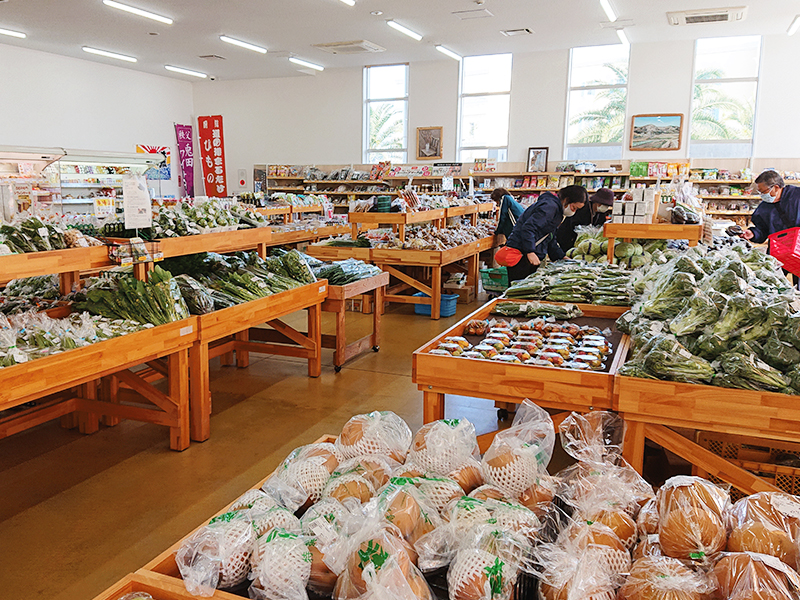
Located right next to the Kamisato Smart IC, this store is packed with fresh produce representative of Kamisato, such as pears, strawberries, corn, cucumbers, and tomatoes. The store is also popular for holding events featuring seasonal fruits and vegetables, such as the Corn Fair, Pear Fair, and Strawberry Fair. In the food court attached to the store there are a local handmade udon noodle restaurant called Kiyanchi and a handmade hamburger steak restaurant with its head office in Sengoku (Tokyo) called Grill K Farms which attract many lunchtime visitors from near and far.
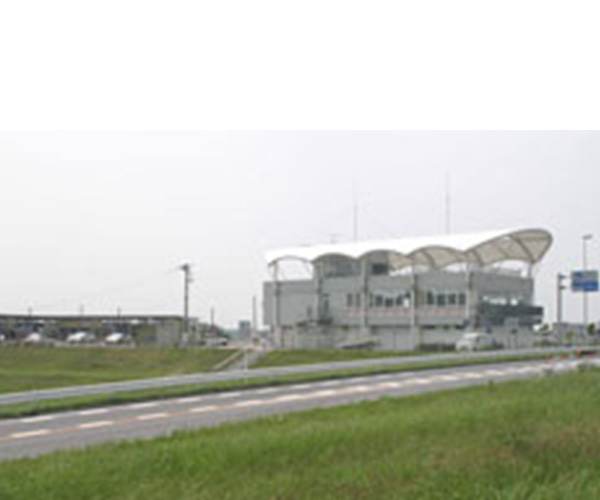
A roadside station with a full view of Watarase-yusuichi (a vast wetland and vibrant wildlife habitat). There is a facility selling products such as Koshihikari brand rice, grown on the fertile land of Kitakawabe area, and fresh local vegetables such as the Momotarō tomato. The richly flavored handmade soba available at the farm restaurant is also very popular, with many repeat customers. This new attraction is very unique to Japan as it straddles three prefectures, resulting in the roadside station being responsible for its overall promotion.
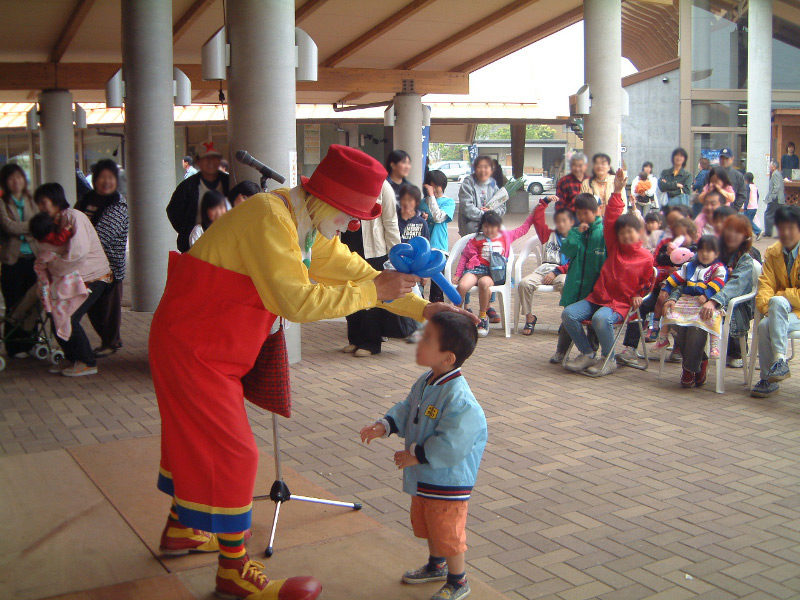
“Kiyasse Hanyū” is the nickname for Hanyū City Mitakaya agricultural and forest park. This park, with an area of roughly 3.6 hectares, has a flower-filled “Shiki no Oka” (four seasons hill), a production building selling local vegetables harvested fresh each morning, a beer factory that manufactures Hanyū’s local beer “Kobushi Hana Beer,” and a restaurant to enjoy handmade udon. Inside the park, there is playground equipment for kids, and events and vegetable harvesting experiences are held year round.

“Kiyasse Hanyū” is the nickname for Hanyū City Mitakaya agricultural and forest park. This park, with an area of roughly 3.6 hectares, has a flower-filled “Shiki no Oka” (four seasons hill), a production building selling local vegetables harvested fresh each morning, a beer factory that manufactures Hanyū’s local beer “Kobushi Hana Beer,” and a restaurant to enjoy handmade udon. Inside the park, there is playground equipment for kids, and events and vegetable harvesting experiences are held year round.
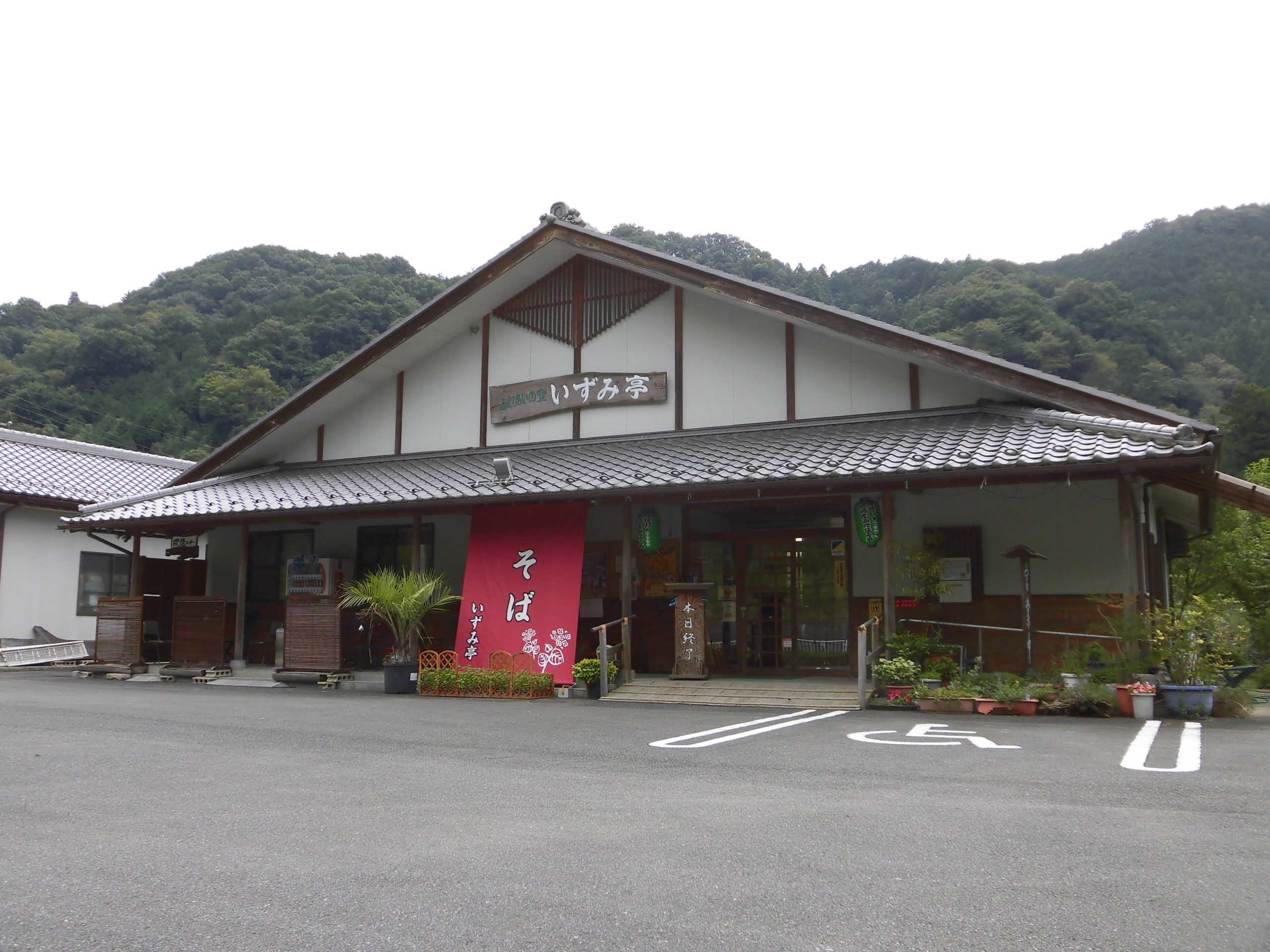
A shop that sells handmade soba made from 100% local buckwheat flour. They also use ingredients which are grown pesticide free or use 50% lower pesticides certified by the prefecture. Izumi-tei offers dishes made from ingredients at the peak of freshness and cultivated with the highest level of safety. Soba making experiences are also available with a reservation.
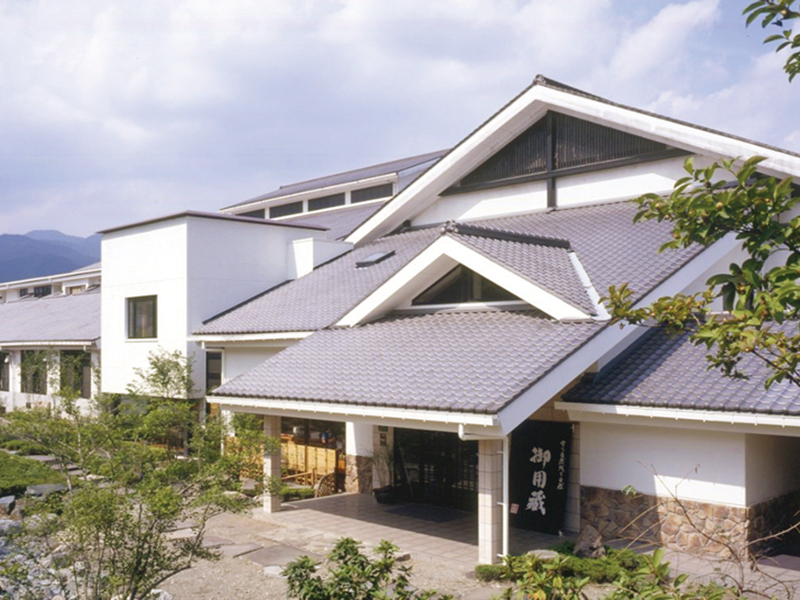
Offering miso, soy sauce, tofu, yuba, fried foods, pickles and sweets, all crafted with utmost care from the finest ingredients. (For more information regarding the facility, please refer to the URL below.)
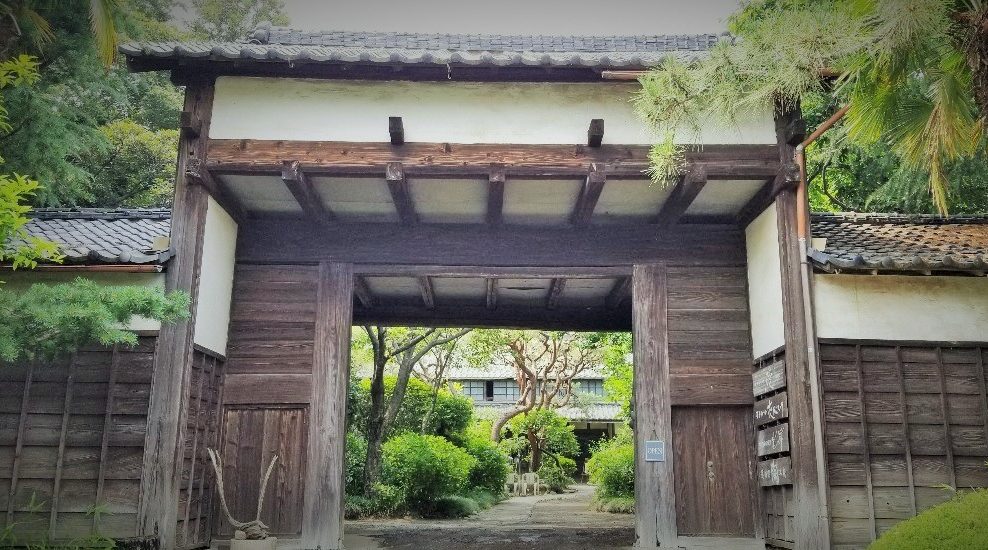
The Takazawa Memorial Hall is a historic building constructed during the Edo period and is registered as a national tangible cultural property. At this café, surrounded by a vast garden with a calming atmosphere, visitors can enjoy Gyoda Ancient Rice Curry in the shape of a megalith tomb (kofun) and made-from-scratch cakes. A cafe for those looking for a hidden place to spend a slow and relaxing mmoment.
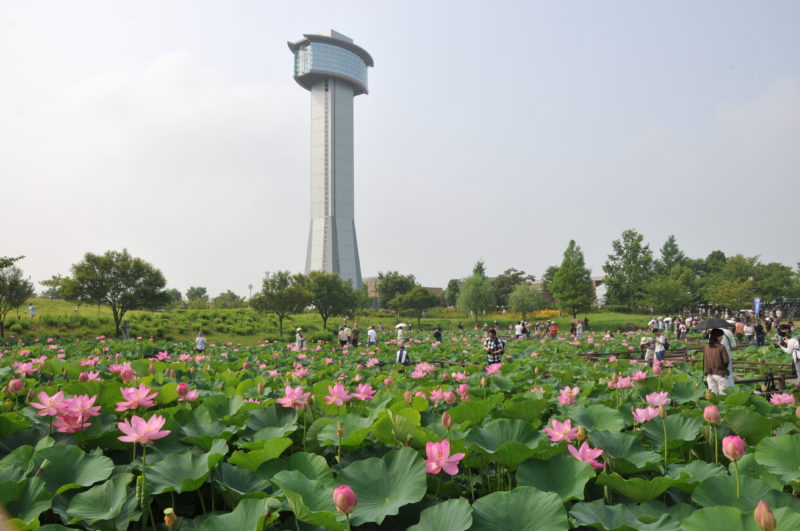
From mid-June to early August, 12,000 stocks of 42 different types of lotus flowers bloom on the surface of this lotus pond. The Gyōda lotus (ancient lotus) is a primitive form with few petals; it is said this variety of lotus is from about 1,400 to 3,000 years ago. Lotus flowers are best viewed midmorning. There are aquatic plant botanical gardens, aquatic bird lakes, peony gardens, plum tree groves, and a spot for flower viewing (hanami) cherry blossom trees, making it a place to go to feel the beauty of nature all year round. In addition, from mid-July to mid-October, rice paddy art is at its prime and can be viewed from the Ancient Lotus Hall’s Observation Room. The rice paddy art of Gyōda City started in 2008, with annual rice transplanting taking place with the help of several volunteers and participants. Not only are the designs original, but some have been featured in movies, TV shows, games. In 2015 it was recorded in the Guinness World Records as “the world’s largest (rice paddy art).”
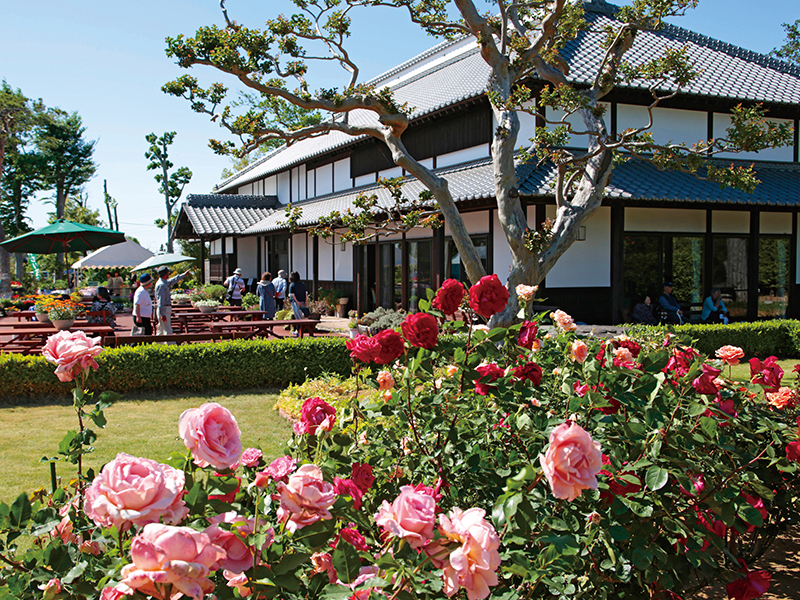
From the moment you pass through the Nagaya gate, you will find yourself in an atmosphere of peace and nostalgia in this old traditional house. In the garden, roses are in full bloom, and inside the facility there is a restaurant where visitors can enjoy a meal and a local produce specialty store for buying fresh vegetables. This is the perfect place for a relaxing time.
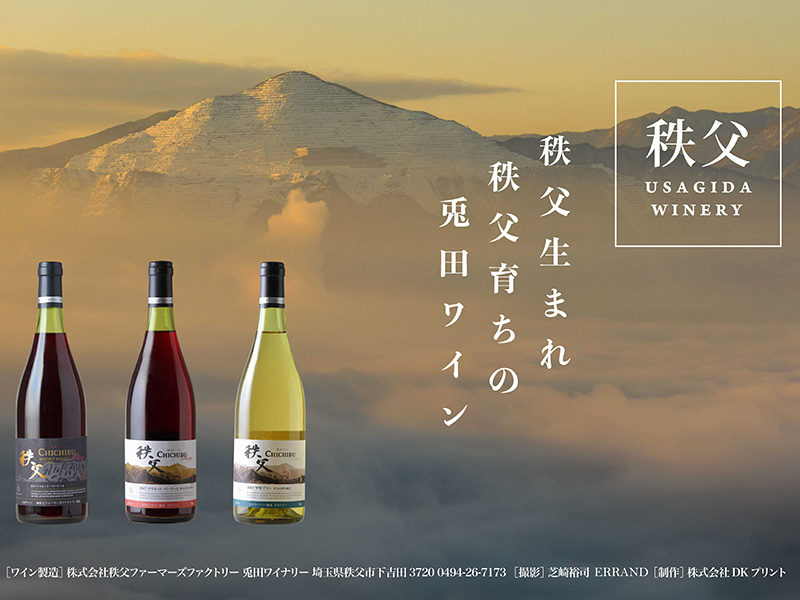
Tours of the wine factory and vineyard, free samples and sale of wines at the in-house direct sales store, and meals at the company-owned restaurant (business days specified) are available.
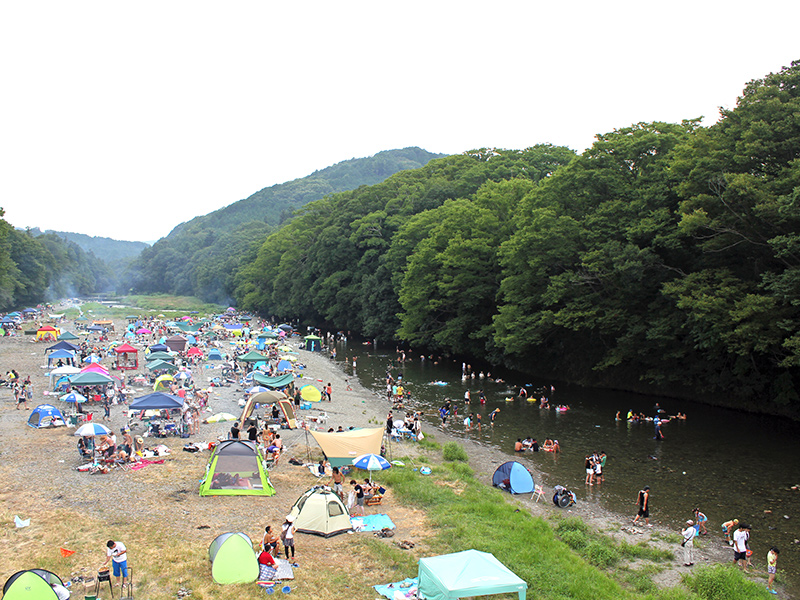
If you reserve an outdoor BBQ and food set (4 days advance required), you can arrive to BBQ here empty-handed. Reserve a spot under the roofed BBQ pavilion (4 days advance required) and you can BBQ even if it rains. The place is well-equipped with clean toilets, kitchen spaces and running water. A clear stream runs right in front of the BBQ space, making safe to play in the water.
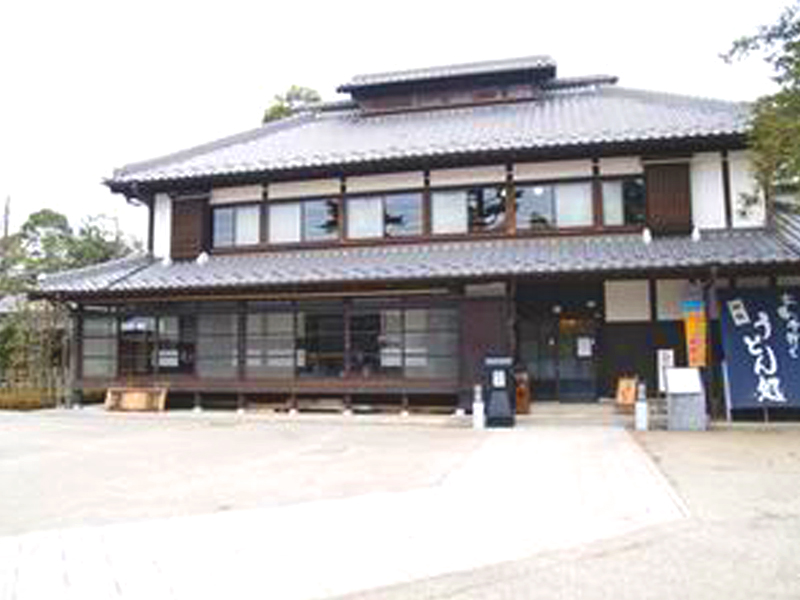
This safflower museum is a renovated private house built in the late Meiji era. There are various workshops such as pottery and soba noodle making available. The best time to see the safflower is from late to mid-June, and the steamed safflower buns are popular as a souvenir. There is also a restaurant where you can enjoy handmade udon noodles made from 100% local flour. Enjoy Okegawa both with your eyes and your tastebuds!
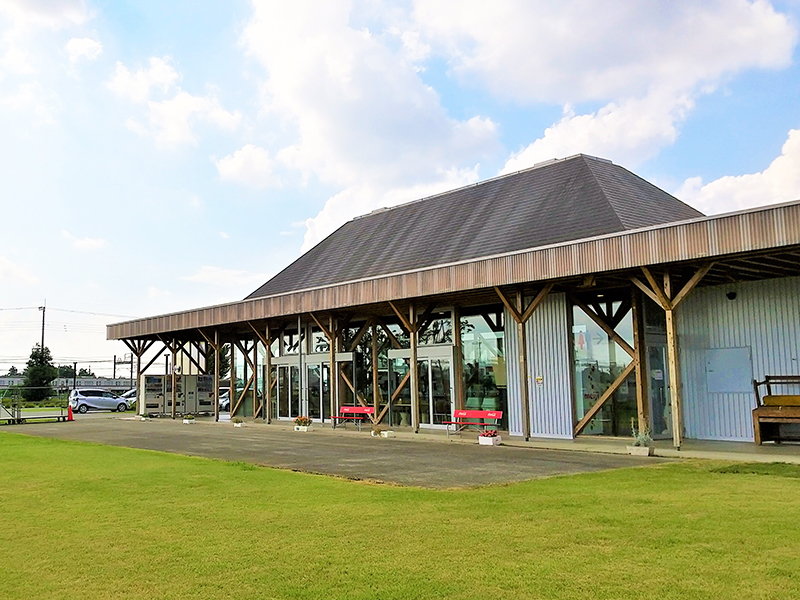
JA Saitama Chuo's Higashi Matsuyama direct sales center "Inahoterasu" is an open building constructed with local wood and natural material. The name was chosen through a contest where locals participated and came with suggestions. Inahoterasu symbolizes how the ears of rice (=inaho) will light up (=terasu) a bright future for people. Here you can find a wide variety of souvenirs from Higashimatsuyama City, such as processed pears and chestnuts, yakitori rice crackers, and other sweets!
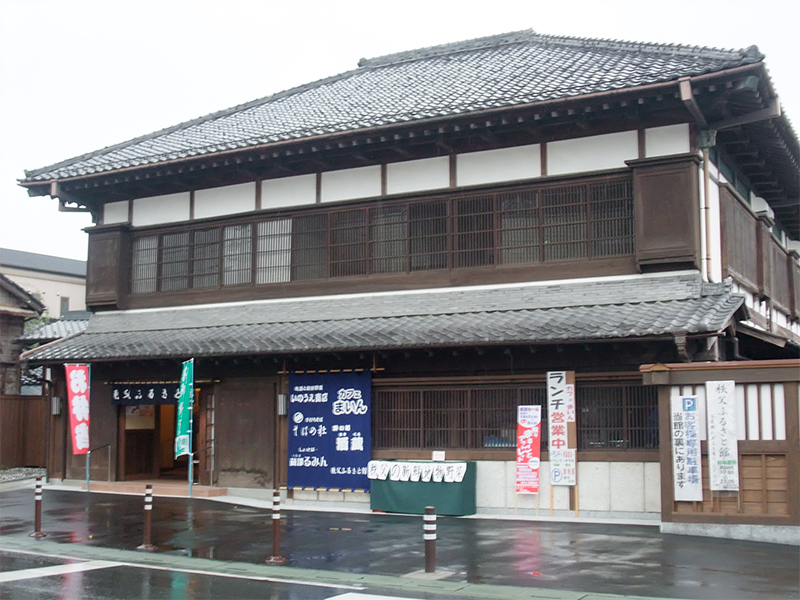
This store was originally the main building of a meisen silk wholesaler that prospered in the Taisho era. It has now been restored as a tourist center that also displays and sells local products. You can also try out the local cuisine at the soba noodle shop!
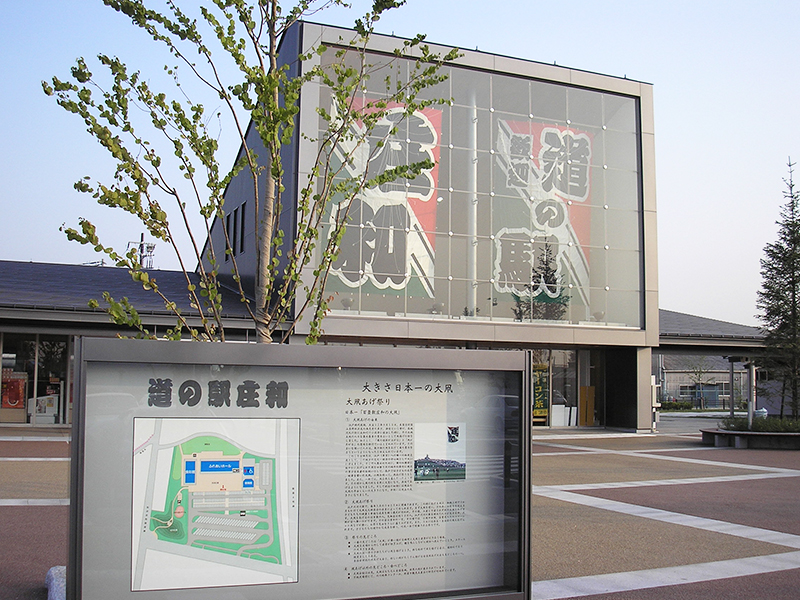
Roadside Station Showa, surrounded by a rural landscape of fertile farmland and pastoral rice fields interwoven with small forest groves, is nestled in the perfect environment to feel the change of the seasons. In the product hall, you can find a variety of souvenirs from all over the country, as well as products unique to the Kasukabe area. You can also buy local fresh vegetables at the farmers market, a place popular with tourists. Meals are also available at the restaurant, "Shokusai-kan."
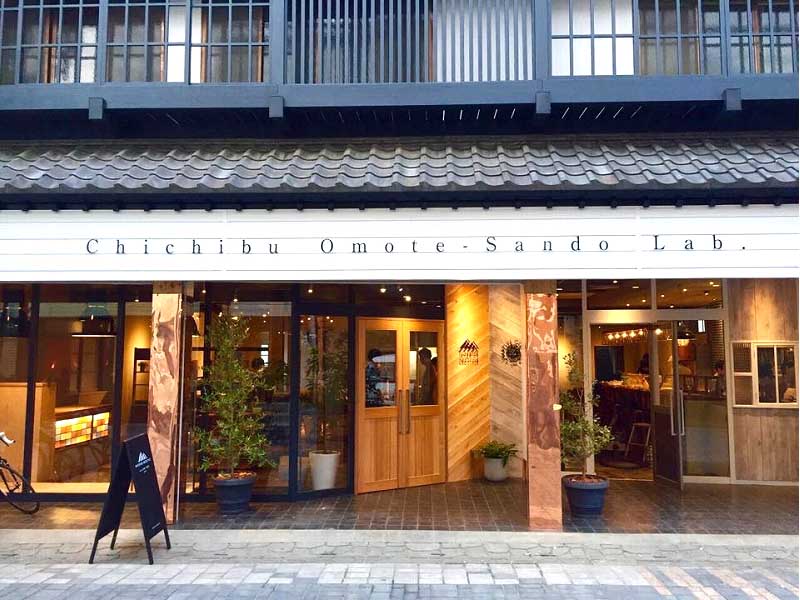
Created from a renovated old private residence, this complex stands on the road leading to Chichibu Shrine. Filled with Showa Retro style, the facility boasts a collection of establishments, including an Italian restaurant serving organic fare, a bar with 20 different beers always on tap and a private accommodation blending retro and modern styles, all built to create a place that attracts visitors and encourages organic connections.

A simple sulfur hot spring. Chichibu Yumoto is a day trip hot spring with the Bukō Onsen as its source, and is effective for a range of chronic diseases such as nerve pain, sore muscles, joint pain, stiff shoulders, and poor blood circulation. One can fully enjoy nature in the liberating open-air bath with the hinoki (wooden) bath, which gives the gentle feeling of trees, and the rock bath, which provides a simple natural atmosphere. Nearby there are also Bukō Auto Campsite (Phone Number: 0494-23-8229) and lodging facility Bukō Onsen Bekkan (annex) (For reservations: 0494-24-4141).
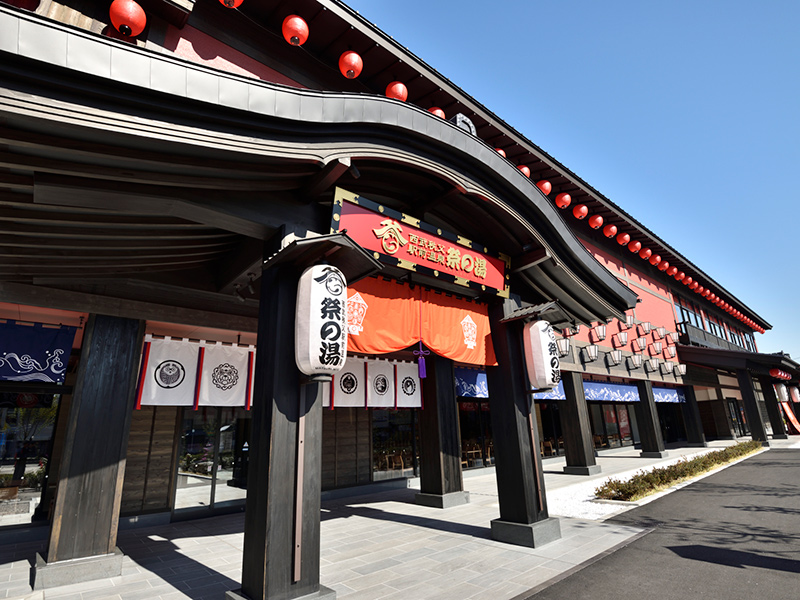
“Seibu Chichibu Ekimae Onsen Matsuri no Yu,” is a large combination hot spring facility based on Chichibu’s specialty, “Festivals.” The facility contains Matsuri no Yu, with four types of open-air baths, a highly concentrated artificial carbonated hot spring and six indoor baths (five for men) to enjoy. Additionally in this area, which takes pride in its rich variety of hot springs, there is a Japanese style food court and an area selling local products perfect as souvenirs, making this facility packed full of Chichibu’s local charm.
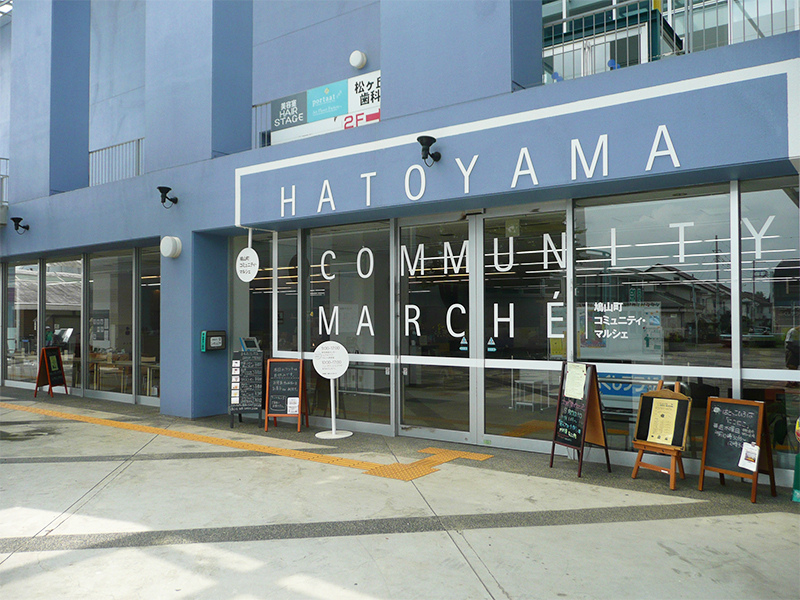
This facility promotes migration to Hatoyama Town, entrepreneurship and interactions between people of all ages. There is a "Machiokoshi Cafe" (town revitalization cafe) inside the facility where a daily alternating chef offers meals, boxed lunches, sandwiches, sweets and other food and drink, as well as where local vegetables and handmade goods by Hiki area artists are available for sale.
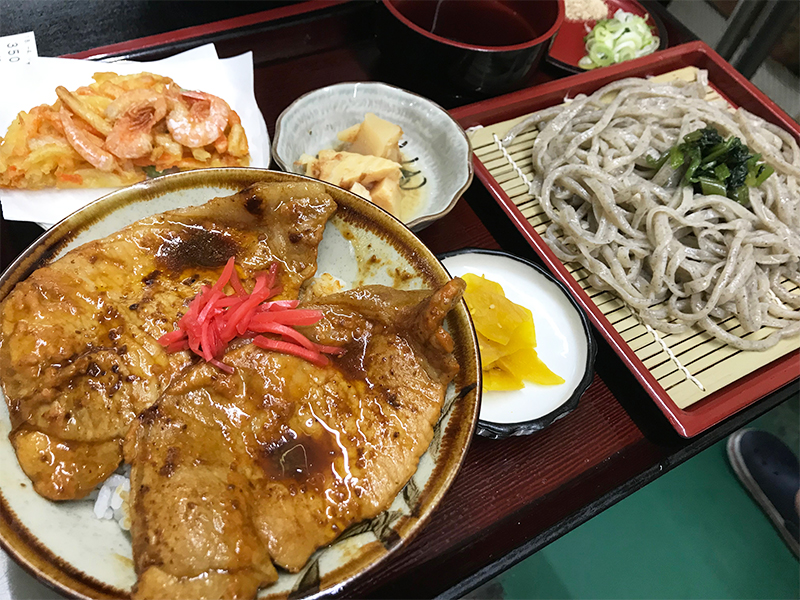
Enjoy country-style handmade soba, udon, and other set menus long popular among the farmers of Ashigakubo. You can also enjoy strawberry picking! The strawberries are bright red and packed with juicy sweetness. Strawberry picking is located right next to Menya Kinoko Chaya. If you want to pick strawberries, stop by Menya Kinoko Chaya first. ※ Time limit of 30 minutes per entry. ※ We would appreciate it if you could contact us in advance.
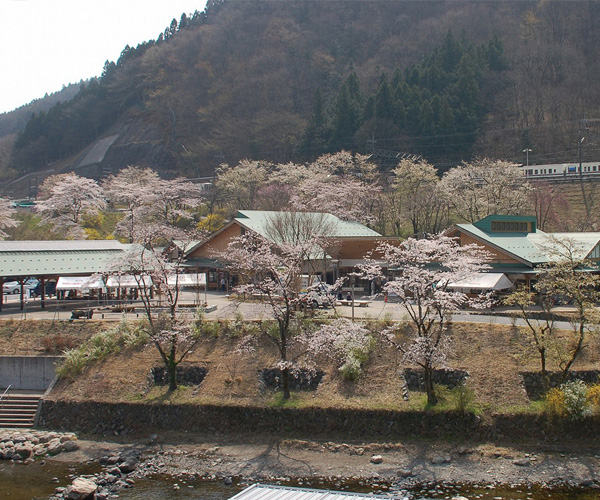
This roadside station is surrounded by rich green mountains, the clear streams of the Yokose River, clean air, and seasonal flowers and fruit trees. Inside the station, there is a farmers' market, restaurant, information center, resting area, hands-on experience dōjō (udon/soba), ceramics classroom and a gallery. Outside, there is an open space for relaxing and a deck where one can view the river from above. You can also enjoy a walk next to the Yokose river. ※Facilities listed in the Saitama Industrial Tourism Guidebook, "Manufacturing Guidebook."
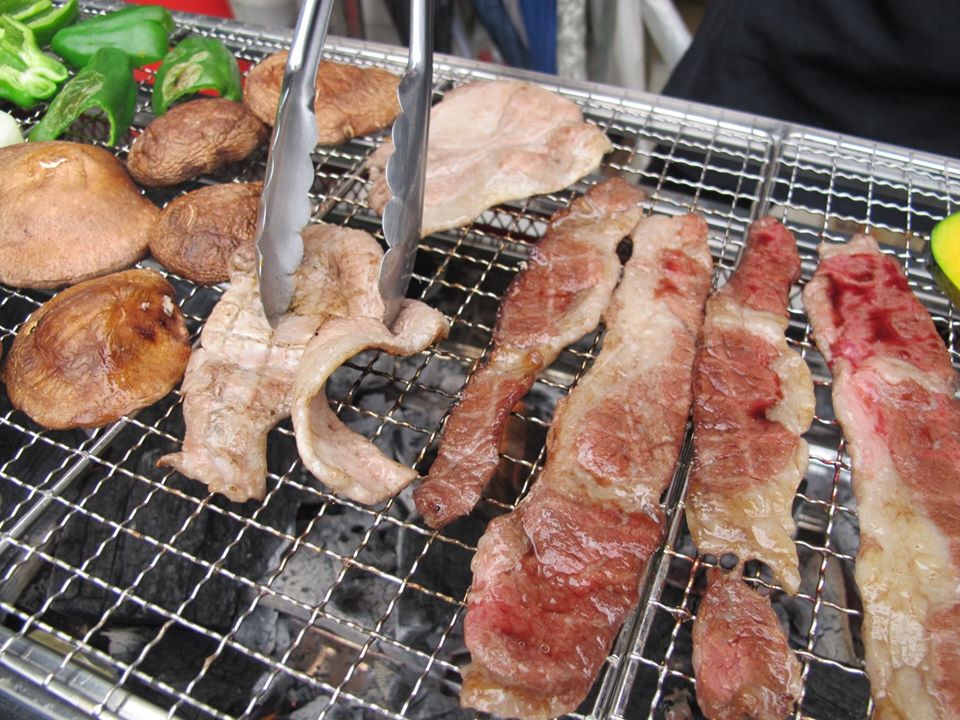
■ Convenient BBQ! Come empty-handed! No need to clean up! ♪ Right next to Shigakubo Station! Riverside BBQ surrounded by splendid nature! ☆彡 ■ Reservation required・・・Please contact us a week in advance. (Reservations accepted from one month in advance) ■ There may be changes/cancellations depending on circumstances. ■ Payment is made in advance through the office. ■ Bringing in food and drinks is prohibited. Beer/soft drinks can be purchased at our vendor. ■ Drinks are not included in the general set so please purchase them at Roadside Station Orchard Park Ashigakubo. Please do not bring fireworks. Fully enjoy BBQ without needing to worry about cleaning and garbage collection! The cool temperature by the riverside is the perfect place to relax on a hot summer day~♪ Or how about a quick dip river? ( *´艸`) There is a coin-operated shower at the Roadside Station Orchard Park Ashigakubo (reception open until 4 pm), so you can wash away your sweat ☆彡 Please feel free to use it ♪ (200 yen for 10 minutes) ☆ In the vicinity, there is the Yokoze Nōson Park with a 100-meter roller slide (30 minutes on foot) and a hiking course (Ashigakubo Orchard Park Village, Mount Hinata). Let's enjoy the outdoors~ Nearby, you can also find Yokozemachi Bukosan Tourist Information Center (0494-25-0450) where you can pick up a convenient area map! ♪ There are rental bikes available at the information center as well! (´▽`*)

At the soy sauce-themed park “Kinbue Soy Sauce Park” in Kawajima Town, Saitama Prefecture, you can enjoy experiences like eating, learning, shopping, and playing through attractions such as the factory tour “Kinbue Soy Sauce School” and the “Soy Sauce Brewery Restaurant.” The park is operated by Fueki Soy Sauce, a long-established soy sauce brewery founded in 1789 (the first year of the Kansei era). (For more details about the facility, please refer to the URL below.)
This site uses cookies to improve the user experience. If you continue to browse, you consent to the use of cookies on this site. Accept
CONTACT
